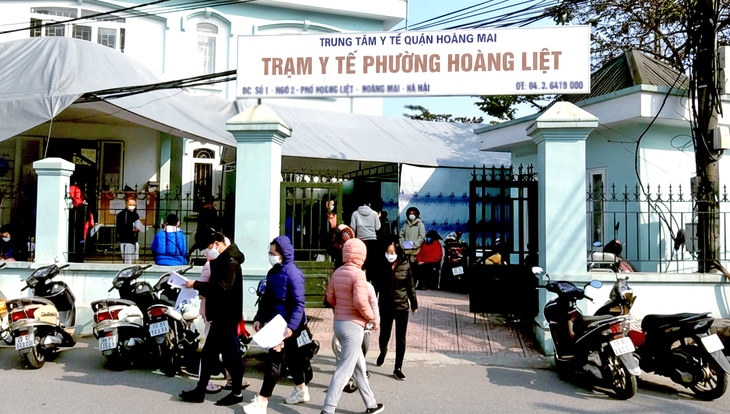
Hoang Liet Ward Medical Station, Hanoi - Photo: D.LIEU
The Circular will take effect from January 1, 2026, and is considered an important step in the process of strengthening grassroots healthcare.
Each medical station has at least 5 specialized departments and rooms.
According to Circular 43, commune-level health stations are identified as public health service units under the People's Committees of communes and wards, with legal status, their own seals and accounts, and are allowed to open accounts at the State Treasury and banks.
From January 1, 2026, the organizational structure of commune health stations will be improved in a more professional and clear direction.
According to the guiding circular, the station leadership includes a director and deputy directors, in which the number of deputy directors is determined according to legal regulations and the actual needs of each locality.
The appointment, reappointment, extension of term of office, dismissal or removal from management position of the director and deputy director of the commune health station is under the decision-making authority of the Chairman of the People's Committee at the commune or ward level.
Each commune and ward health station must have at least 5 specialized departments and a system of affiliated stations. Including an office or administrative-general department; population, children, and social protection department; disease prevention and food safety department; medical examination and treatment department; pharmacy, medical equipment, and paraclinical department.
In addition, the stations will be located in suitable residential areas to fully or partially implement the tasks of commune-level health stations, ensuring continuous provision of health services closer to the people.
The director of the commune and ward health station is the person who directly issues regulations on functions, tasks and working relationships between departments, faculties and stations.
Regarding human resources, the circular clearly stipulates that commune health stations must develop a job position plan based on the unit's functions, tasks and scope of operations.
The project is submitted to the competent authority for appraisal and approval and is used as the basis for recruitment, arrangement and management of civil servants.
The list of job positions is determined according to the guidance of the Ministry of Health and the Ministry of Home Affairs , ensuring compliance with practical requirements. The number of employees and the structure according to job titles are calculated based on the workload and assigned tasks. Every year, the station must develop a human resource plan and submit it to the competent authority for consideration and decision.
Expanded functionality with 22 missions
According to the instructions, commune-level health stations will have more comprehensive functions than before, covering more than 22 tasks and powers.
Commune-level health stations have the function of providing and performing professional and technical services in the following fields: disease prevention; medical examination and treatment; management and improvement of community health; protection and care for mothers and children; care for the elderly and people with disabilities; social protection; population; food safety; pharmaceuticals; medical equipment and other medical services as prescribed by law.
The medical station has the following duties:
- Disease prevention, health promotion: Disease surveillance, vaccination, risk factor control, school health, community nutrition.
- Medical examination and treatment : Including primary emergency, chronic disease management, family medicine, community-based rehabilitation, military service examination...
- Reproductive health care : Pregnancy management, normal delivery, maternal and child nutrition.
- Food safety : Supervise food service establishments, handle poisoning incidents.
- Population : From premarital counseling to prenatal screening, reducing gender imbalance at birth, and elderly health care.
- Social protection : Support for the disadvantaged, psychological counseling, community intervention.
- Management of drugs, vaccines, chemicals : Dispensing and instructing on safe use.
Commune health stations also have the task of health communication and education; personal health records; basic health services; disaster prevention, international cooperation, digital transformation...
With more than 20 task groups, the health station is expected to be the center of community health care, managing non-communicable diseases in the context of this disease increasing.
At the same time, the grassroots medical force will be able to carry out free periodic health check-ups for the entire population, expected to be implemented in 2026.
Source: https://tuoitre.vn/tu-1-1-2026-tram-y-te-xa-phuong-duoc-to-chuc-nhu-the-nao-nhiem-vu-ra-sao-20251116130245823.htm


![[Photo] Prime Minister Pham Minh Chinh meets with representatives of outstanding teachers](https://vphoto.vietnam.vn/thumb/1200x675/vietnam/resource/IMAGE/2025/11/15/1763215934276_dsc-0578-jpg.webp)




![[Photo] General Secretary To Lam receives Vice President of Luxshare-ICT Group (China)](https://vphoto.vietnam.vn/thumb/1200x675/vietnam/resource/IMAGE/2025/11/15/1763211137119_a1-bnd-7809-8939-jpg.webp)


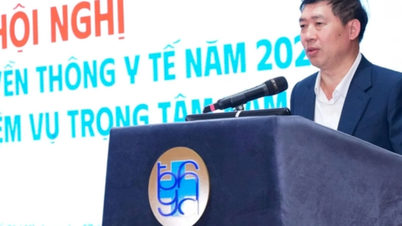

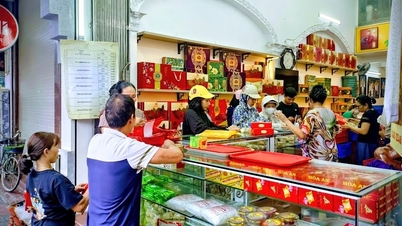
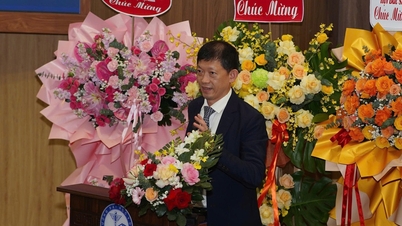



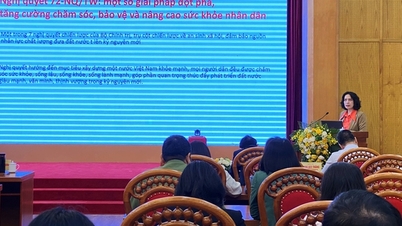




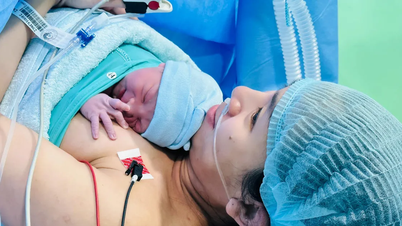


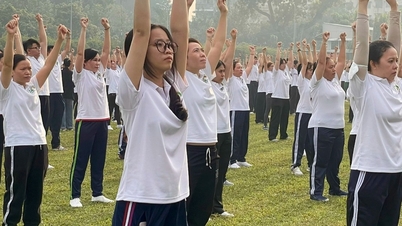













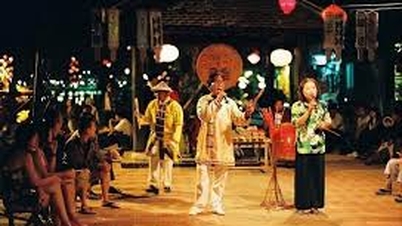










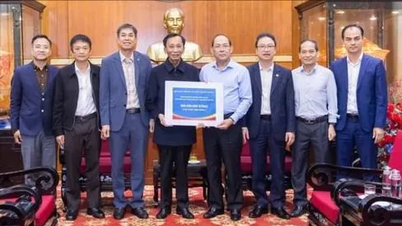
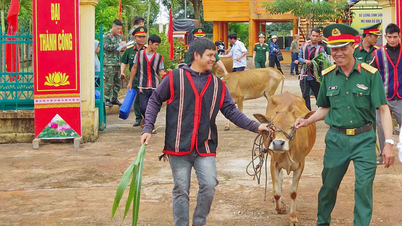




















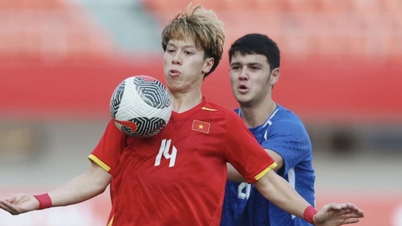


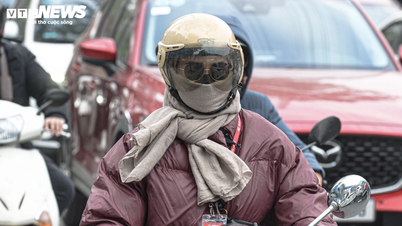



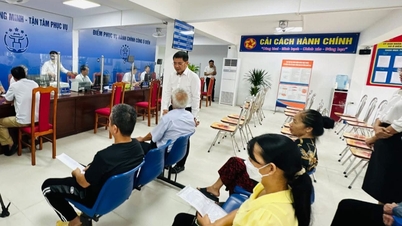






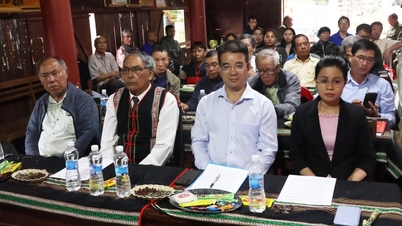



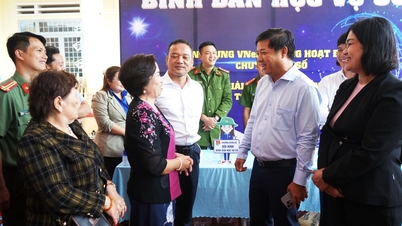















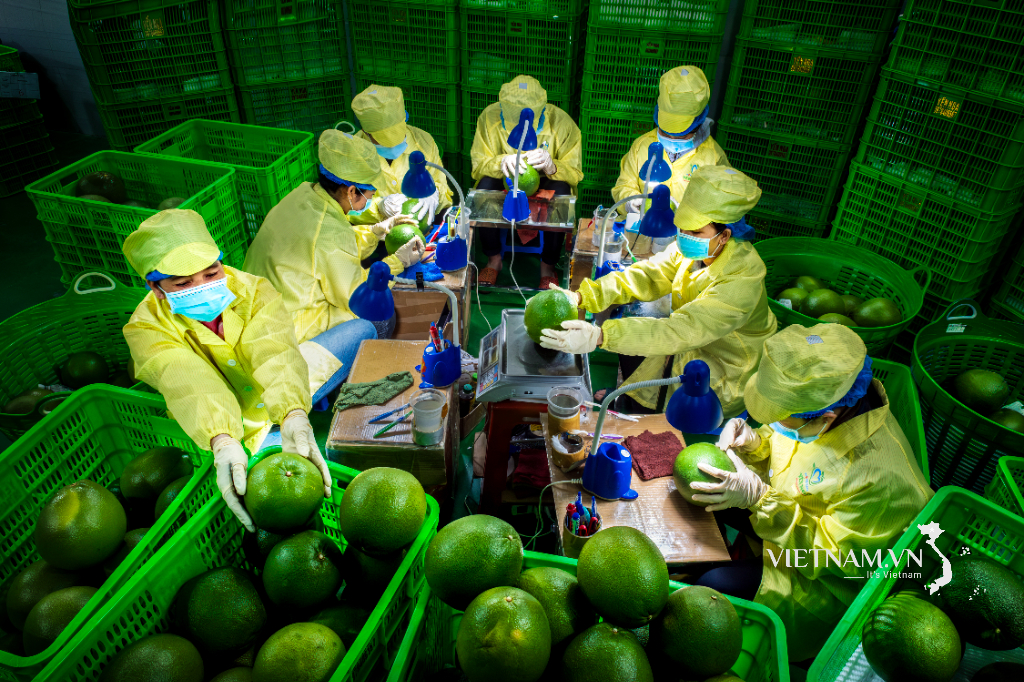
Comment (0)